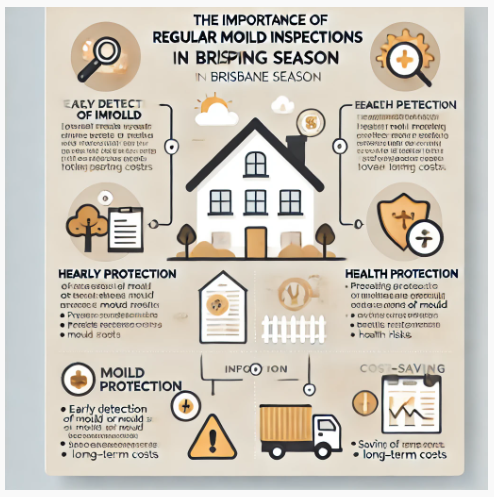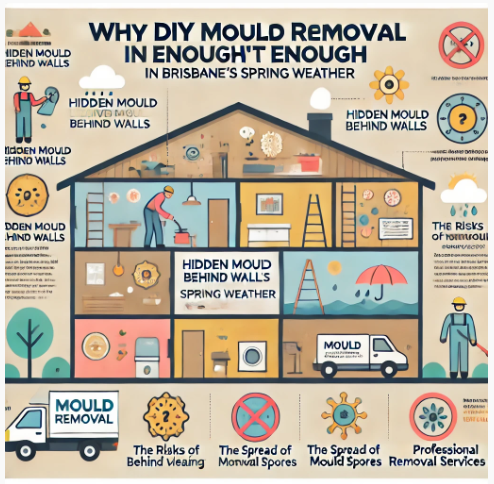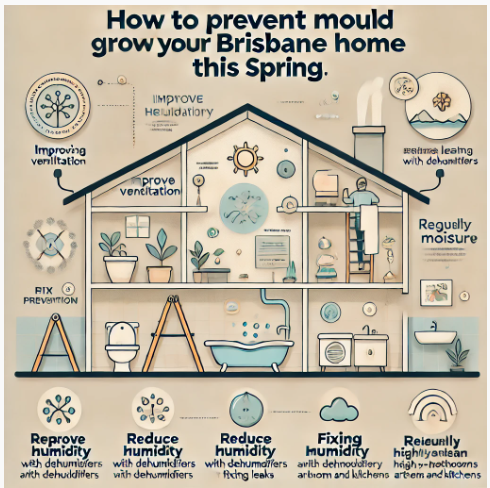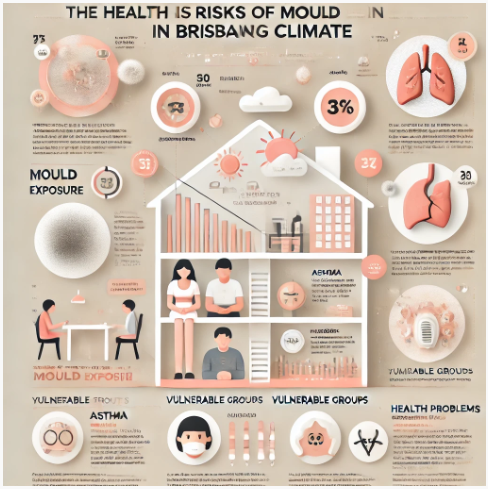Mould, a fungus, plays an essential role in nature as a decomposer of organic matter. It breaks down dead plants, leaves, and other organic materials. However, when mould removal Brisbane becomes necessary, its presence in our homes can become problematic. Common household moulds include Aspergillus, Penicillium, and the notorious Stachybotrys chartarum, often called “black mould.”
Is Mould Removal Brisbane a Necessity?
You might wonder if mould removal in Brisbane is truly necessary. The answer to this question lies in understanding the potential hazards mould can pose.
While mould is a natural part of the environment, when it infiltrates our indoor spaces, it can lead to various issues, including health concerns.
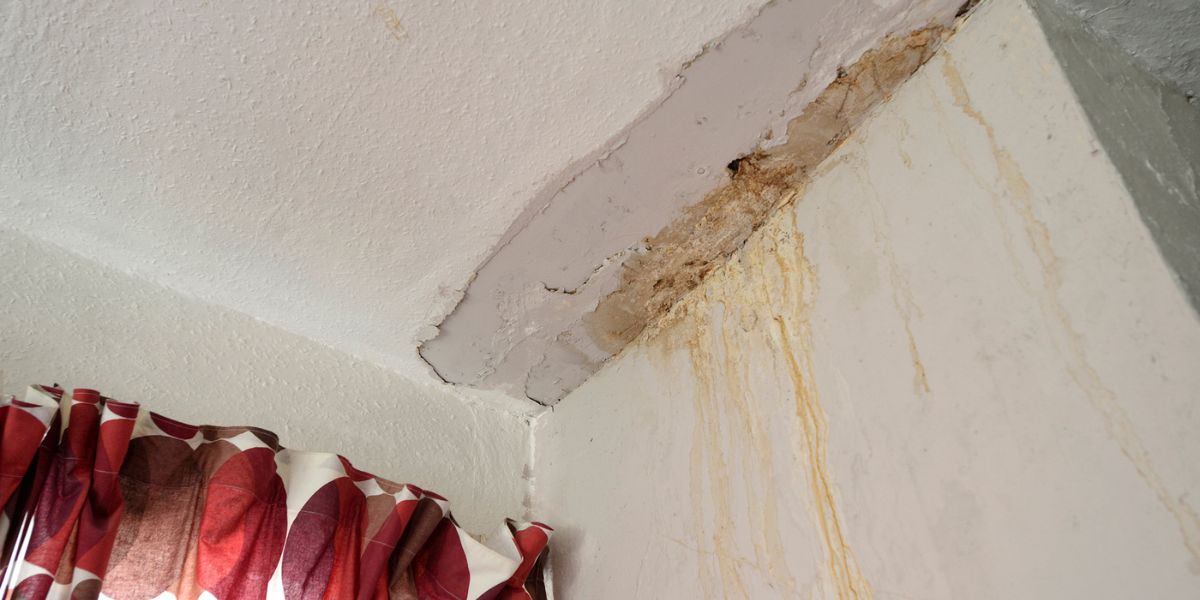
Mould Growth Conditions: What Does Mould Need to Thrive?
Mould requires specific environmental conditions to thrive, and understanding these factors is crucial for managing its growth.
Humidity: Mould thrives in environments with high humidity levels. Relative humidity above 70% is particularly conducive to mould growth. In Brisbane, where humidity can be high, mould finds favourable conditions for growth.
Temperature: Mould prefers temperatures between 77°F (25°C) and 86°F (30°C). This range encompasses the typical conditions found in many homes, making indoor spaces an attractive habitat for mould.
Moisture: The presence of moisture is a key factor in mould development. Even minimal moisture, such as a small water leak or condensation, can support mould growth. Brisbane’s subtropical climate, with its occasional heavy rains and humidity, can create environments where mould can flourish.
How Does Mould Progress Through Its Life Cycle?
The Mould Life Cycle
Mould has a life cycle that consists of various stages:
Spore Activation: Mould spores, which are tiny and lightweight, are always present in the air. When these spores encounter a suitable environment with moisture, they activate and grow. Brisbane’s humid climate can provide the necessary moisture for spore activation.
Growth: Once activated, mould begins to grow and produce mycelium, a network of thread-like structures. Mycelium allows mould to absorb nutrients from its surroundings. With a source of moisture, the growth of mycelium becomes more prominent.
Reproduction: Mould reproduces by producing and releasing spores into the air. These spores can be carried by air currents, making it easy for mould to spread and colonise new surfaces. In Brisbane, where airflow is common due to the coastal location, spores can quickly disseminate.
Colonisation: Mould can colonise various surfaces, from walls and ceilings to hidden spaces like wall cavities, attics, and crawl spaces. Once it establishes a foothold, it can be challenging to eradicate. The hidden spaces in homes, common in Brisbane’s architecture, can serve as perfect hiding spots for mould to colonise.
What Health Effects Are Associated with Mould Exposure?
Health Implications of Mould Exposure
Mould exposure can have health implications, especially for those sensitive or allergic to mould spores. Common health issues associated with mould exposure include:
Respiratory Problems: Mould spores can be inhaled, leading to respiratory issues like coughing, wheezing, and throat irritation. Those with respiratory conditions may experience exacerbated symptoms when exposed to mould.
Allergic Reactions: Some individuals may experience allergy symptoms, such as sneezing, runny nose, and skin rashes when exposed to mould. The presence of mould in homes can trigger allergic responses in individuals, making it essential to address mould issues.
Asthma Exacerbation: For individuals with asthma, mould exposure can trigger or worsen asthma symptoms. Brisbane, with its humidity and mould-conducive climate, can pose a particular risk to individuals with asthma.
More Severe Health Risks: Prolonged mould exposure, especially in individuals with compromised immune systems, can lead to more severe health risks. These risks may include infections and mycotoxin exposure, which can harm health.
Mould Prevention: What Steps Can You Take?
Mould Prevention and Remediation
Preventing and remediating mould issues in your Brisbane home requires a proactive approach:
Prevention:
Control indoor humidity levels, especially in high-risk areas like bathrooms and kitchens. Dehumidifiers in Brisbane’s humid climate can help maintain indoor humidity at an acceptable level.
Address water leaks and sources of moisture promptly. Regular inspections and maintenance can help identify and resolve moisture issues.
Improve ventilation to reduce indoor humidity. Properly ventilating your home can help mitigate the risk of mould growth.
Remediation: When Is Professional Help Necessary?
For small-scale mould problems, you can use non-toxic cleaning solutions like vinegar or hydrogen peroxide. However, there are situations where professional mould removal services are necessary. If you’re dealing with extensive mould infestations or hidden mould issues, it’s best to seek professionals who can safely and effectively remove the mould.
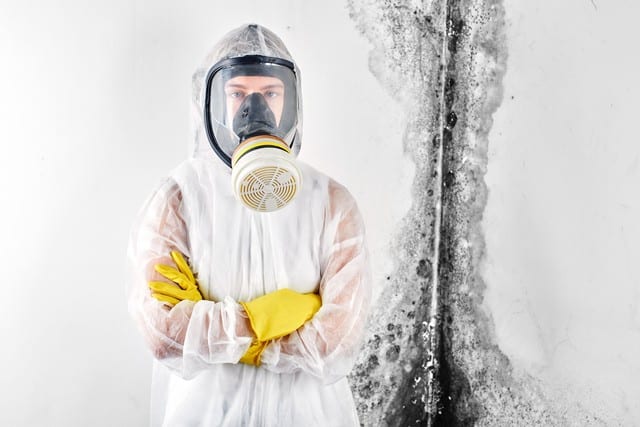
Why Is Professional Mould Removal Recommended in Brisbane?
In Brisbane, where the climate can be conducive to mould growth, professional mould removal services come highly recommended for several reasons:
- Expertise: Professional mould removal experts have the knowledge and experience to effectively identify and remove mould infestations. They understand the specific challenges posed by Brisbane’s climate and housing conditions.
- Safety: Mould removal can expose individuals to mould spores and potentially harmful cleaning agents. Professionals are trained to handle these situations safely, protecting themselves and the home’s occupants.
- Thoroughness: Professionals can identify hidden mould sources and ensure comprehensive removal, reducing the risk of recurrence. With their experience, they can effectively locate and address all mould-related issues.
- Prevention: They can also offer guidance on preventing future mould issues by addressing the underlying causes, such as moisture problems. By taking a holistic approach, professionals can help homeowners maintain a mould-free environment in Brisbane.
In Brisbane, where mould can be a persistent issue due to the climate, understanding the science behind mould growth is vital for effective prevention and remediation. Whether taking preventive measures or considering professional mould removal, staying informed about mould science is the first step towards a mould-free and healthier home.
By recognising the ideal conditions for mould development and taking proactive measures to address them, you can better manage mould issues in your Brisbane home and create a healthier living environment. Don’t let mould take hold in your home; take action to prevent and address this common issue effectively.
